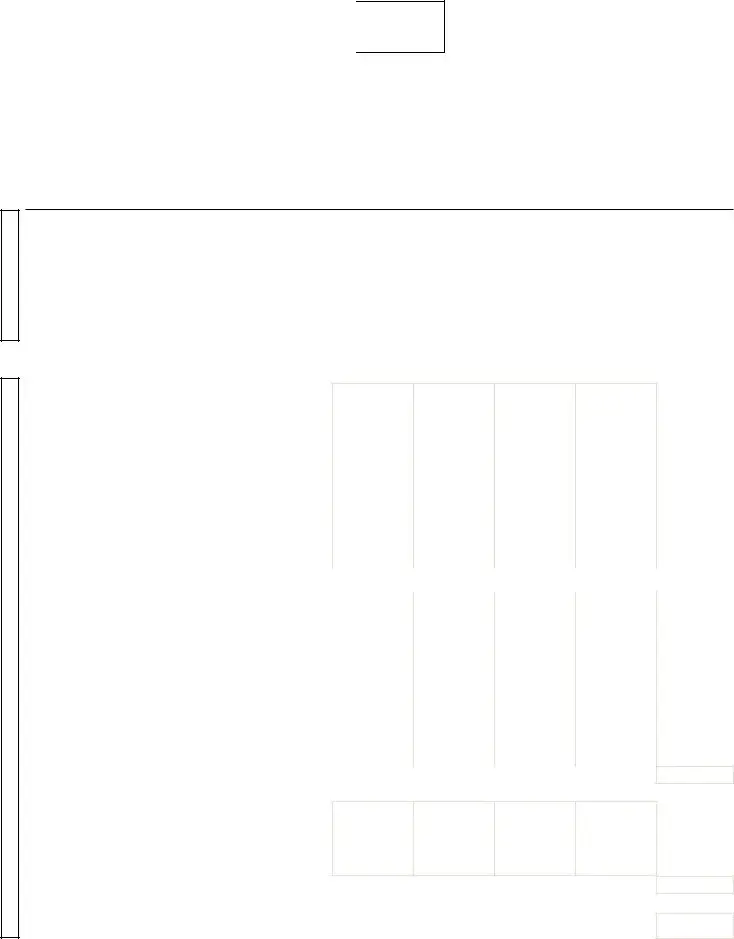The Form 1040-ES, "Estimated Tax for Individuals," shares a core similarity with the Vermont IN-152 form in that they both are involved in calculating and paying estimated taxes. The Form 1040-ES is used by individuals to figure out and pay their estimated federal income tax for those who are not subject to withholding taxes, similar to how the IN-152 form is used at the state level for Vermont residents. Both forms help taxpayers avoid underpayment penalties by guiding them through the calculation of estimated tax payments that should be made quarterly.
The Form 2210, "Underpayment of Estimated Tax by Individuals, Estates, and Trusts," is another document that closely mirrors the Vermont IN-152 form. This form is used to determine whether an individual has paid enough tax through withholding or estimated tax payments and to calculate the penalty for underpayment if applicable. Like the IN-152, the Form 2210 is concerned with the underpayment of estimated tax, but it operates within the federal taxation framework. Both documents require a detailed calculation of payments due, underpayments, and applicable interests or penalties.
Another document that resembles the Vermont IN-152 form is the Schedule AI, "Annualized Income Installment Method," which is part of Form 2210. Schedule AI is specifically designed for taxpayers who do not receive their income evenly throughout the year and therefore can benefit from calculating their estimated tax payments based on the period income was actually earned. This schedule shares the IN-152's goal of accurately reflecting a taxpayer's payment obligations based on when income was received, thus potentially reducing or eliminating penalty for underpayment.
The VT Form IN-114, "Vermont Individual Income Tax Return," while primarily serving as the state's income tax return form, shares some functional similarities with the IN-152 in relation to tax payment and potential underpayment. Though its primary purpose is to report income and calculate the tax owed for the year, the final tax liability determined on Form IN-114 could indicate whether estimated payments made using IN-152 were sufficient, essentially complementing the IN-152's role in managing estimated tax payments throughout the year to avoid underpayment. Both forms cater to ensuring Vermont taxpayers meet their tax obligations accurately and on time, thereby interlinking their usability.
